Industry-Specific Heavy Lifting Solutions: Power, Energy, and Modular Construction
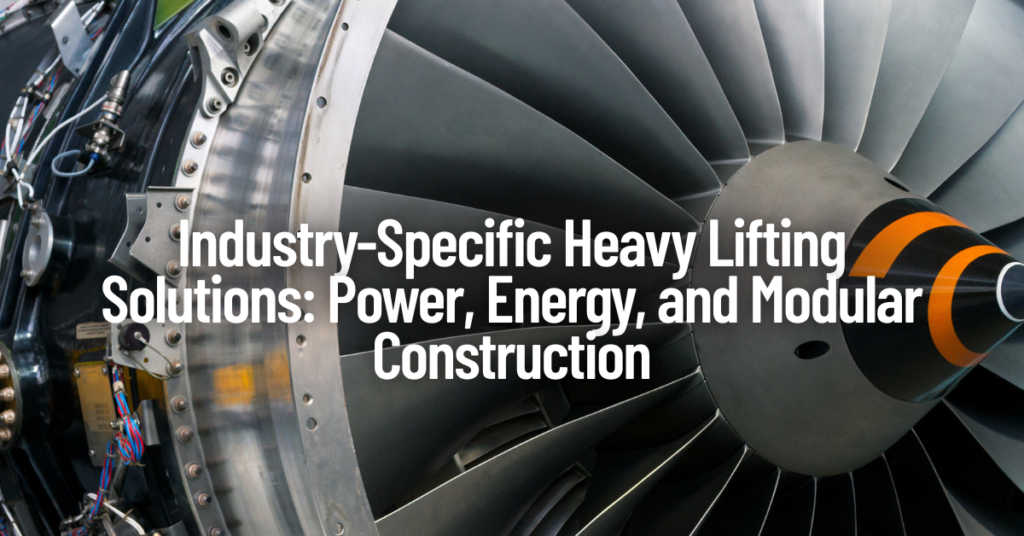
Industry-specific lifts require more than just cranes — they demand expertise. From moving transformers in power stations to installing wind turbines and prefabricated modules, this article explores how specialised heavy lifting contractors in Malaysia manage complex projects with precision, compliance, and safety at the forefront.
Sustainability in Heavy Equipment Lifting and Transport
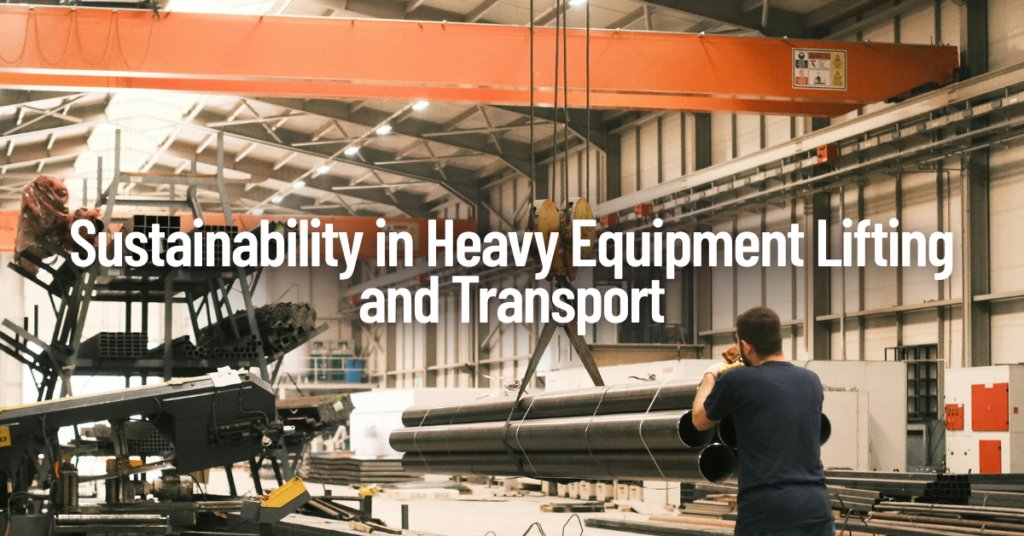
In Malaysia’s fast-growing industrial sector, the demand for heavy equipment lifting is greater than ever — but so too is the need to do it responsibly. From transporting transformers for power plants to relocating massive manufacturing machinery, every lift carries an environmental cost. That’s why sustainable heavy lifting in Malaysia is no longer just about safety and efficiency; it’s about reducing carbon footprints, adopting greener packaging, and optimizing haulage routes with fuel-efficient vehicles. Forward-looking contractors are already embracing eco-friendly practices such as recyclable packaging materials, hybrid escort fleets, and AI-driven route planning, proving that sustainability and cost savings can go hand in hand. For procurement managers, choosing a lifting partner committed to green practices means more than compliance — it’s about protecting reputations, securing long-term efficiencies, and contributing to a future where industrial growth aligns with environmental stewardship.
Crisis & Emergency Response Planning in Heavy Lifting Projects

Heavy lifting projects don’t always go according to plan—equipment failure, extreme weather, or infrastructure issues can escalate risks in seconds. That’s why crisis and emergency response planning is crucial for procurement managers and project owners. By establishing clear protocols for equipment failure, preparing for natural disasters, and ensuring robust insurance and liability coverage, companies can safeguard both operations and people. At Jaberson Technology, we engineer not just the lift itself, but the resilience needed to manage the unexpected with safety and precision.
A Complete Guide for Procurement Managers: Choosing the Right Heavy Lifting Contractor in Malaysia

For procurement managers, heavy equipment lifting projects are high-stakes operations that demand more than simply hiring a crane. A successful lift requires the right balance of technical expertise, safety compliance, and cost control. Every aspect— from reviewing a contractor’s certifications and safety record, to comparing project timelines and understanding hidden costs—directly impacts both operational continuity and financial outcomes. In Malaysia, where downtime in manufacturing can cost up to RM200,000 per hour, procurement teams play a critical role in ensuring that heavy lifting contractors are chosen not just for price, but for proven reliability, engineering capabilities, and regulatory adherence. This article breaks down the essential considerations procurement managers must evaluate before signing off on a lifting services procurement contract, helping them secure efficiency, safety, and long-term value for their business.
How to Plan a Complex Lift for Manufacturing or Industrial Sites

Planning a complex lift for manufacturing is one of the most critical—and high-risk—operations in industrial environments. A single miscalculation can mean millions in downtime, safety incidents, or compliance penalties. From rigging plans and engineering calculations to regulatory safeguards and digital twin simulations, this article unpacks the key steps businesses must take to execute lifts safely, efficiently, and profitably.
FAQs: Machinery Moving and Logistics in the Manufacturing Sector
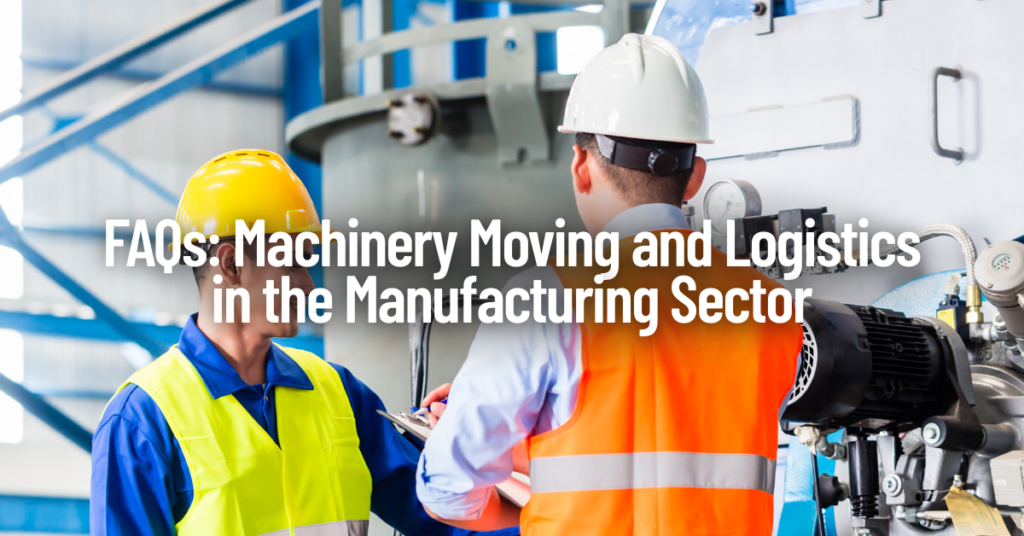
Planning a machinery move in the manufacturing sector comes with plenty of questions — from how long it will take to what permits you’ll need. This comprehensive FAQ addresses the most common concerns, covering timelines, costs, safety standards, packaging, and compliance. Designed for procurement managers, project engineers, and facility teams, it offers clear, practical answers to help you plan smooth, efficient, and regulation-ready machinery relocations.
Compliance and Safety Standards When Moving Industrial Machinery
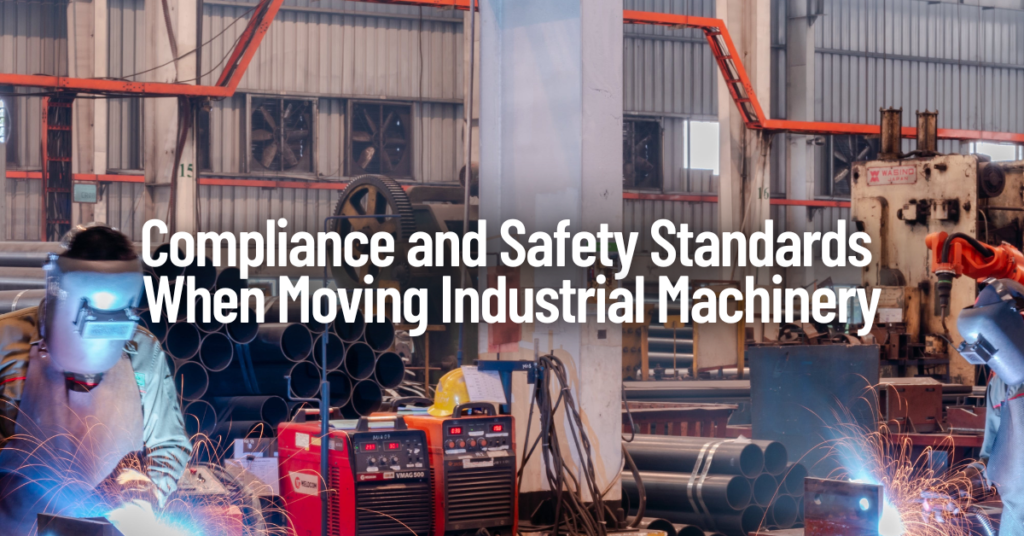
Moving industrial machinery isn’t just about logistics — it’s about meeting strict compliance and safety standards that protect workers, equipment, and project timelines. From regulatory permits to on-site safety protocols, every step must align with industry laws and best practices. This guide outlines the key compliance requirements and safety measures that ensure machinery moves are carried out legally, efficiently, and without unnecessary risk.
Integrating Supply Chain: How Freight Forwarding Supports Manufacturing Operations
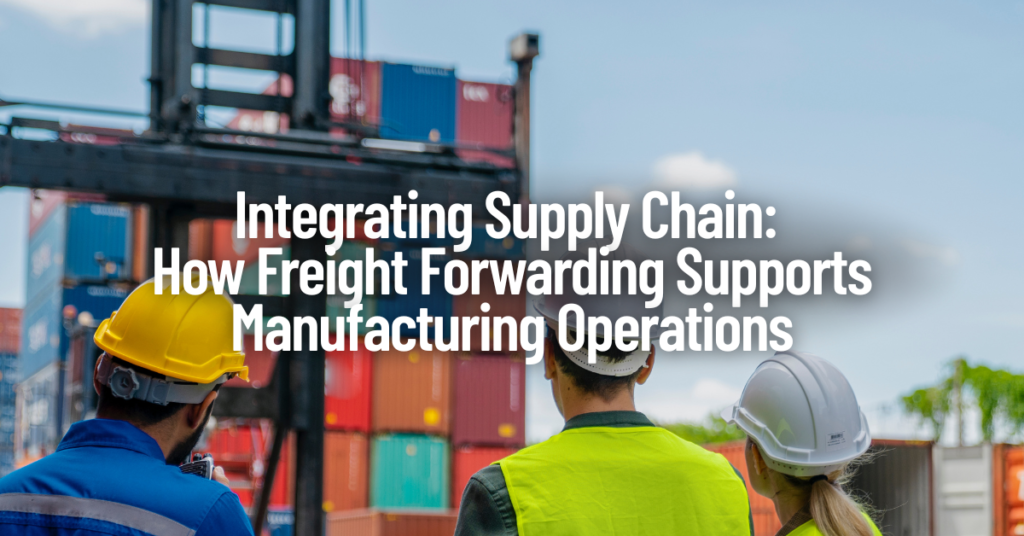
In manufacturing, every link in the supply chain affects production speed, cost efficiency, and customer satisfaction. Freight forwarding plays a pivotal role in connecting those links — ensuring materials, machinery, and finished goods move seamlessly across borders and between facilities. This guide explains how strategic freight forwarding enhances supply chain integration, reduces bottlenecks, and supports manufacturing operations from procurement to delivery.
The Role of Packaging in Protecting Machinery During Plant Moves or Upgrades

When relocating or upgrading manufacturing equipment, proper packaging isn’t just a detail — it’s a critical safeguard for your investment. The right crating, moisture protection, and shock absorption can mean the difference between a flawless installation and costly repairs. This guide explores the essential packaging methods and materials that protect machinery from damage, corrosion, and vibration during transit, ensuring it arrives ready for immediate operation.
Top 10 Logistics Challenges for Manufacturing Plants (And How to Overcome Them)
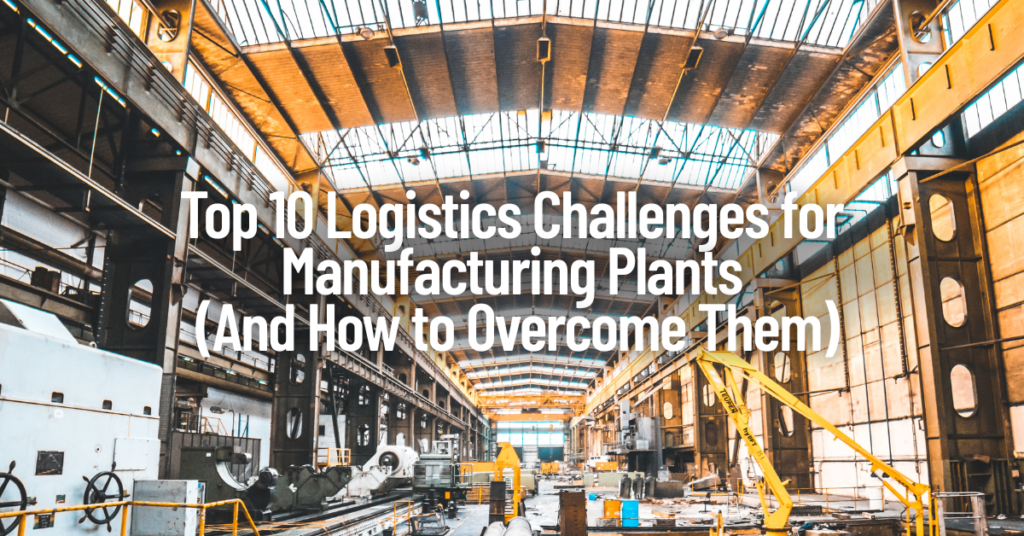
From supply chain disruptions to compliance hurdles, manufacturing plants face a host of logistical challenges that can slow production and inflate costs. In this guide, we break down the top 10 obstacles — and share practical, proven solutions to overcome them. Whether it’s managing oversized shipments, coordinating cross-border permits, or optimising warehouse flow, these strategies will help you keep operations efficient and competitive.
